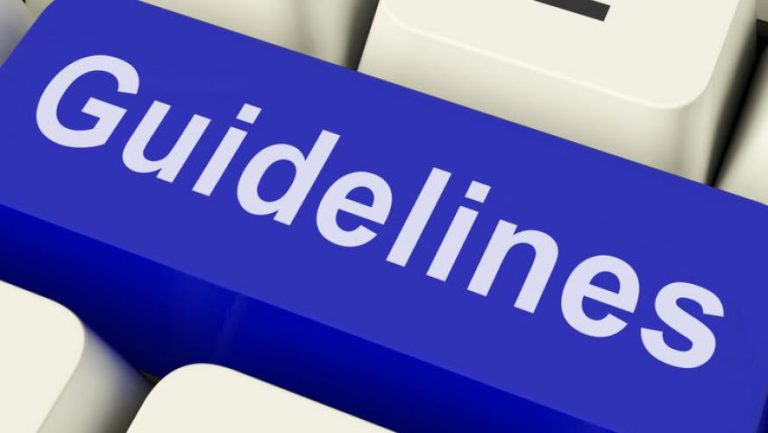GUIDELINES FOR AUTHORS

The Journal welcomes empirical papers in accounting (financial accounting, management accounting, public sector accounting, social and environmental accounting; accounting education, accounting history, accounting for not-profit organizations, forensic accounting), auditing, taxation, corporate governance, financial management, business management, banking and finance.
Authors are required to adhere to the guidelines shown below and submissions may be returned to authors because of non-compliance.
1. The submission has not been previously published, nor is it before another journal for consideration.
2. The manuscript is in Microsoft Word.
3. Disclosure of competing interest. All authors must disclose any financial and personal relationships with other people or organizations that could inappropriately influence (bias) their work. This should be done in two places: 1. A summary declaration of interest statement on the last page the manuscript and 2. In a separate Declaration of Interest for. This forms part of the journal’s official records. If there are no interests to declare then please state this: ‘Declarations of interest: none’.
4. Change to authorship. The sequence or addition, or deletion of author names in the authorship list should be made only before the manuscript has been accepted.
5. The manuscripts should be typed in A4 paper size in portrait orientation, with 12-point font size, Times New Roman font style and must be single line-spaced. All the pages, including tables, appendices, and references, should be numbered at the bottom in the centre. The manuscript should be between 10 – 16 pages in length or 3,000 to 6,000 words from title to appendices.
6. The manuscript must be written in good academic English.
7. Structure of the Manuscript.
7.1. Article Title. All the articles should a title which of should be unique and written using simple and straightforward language that can offer readers a glimpse of the content at a glance.
7.2. Author’s name and Affiliations. The full name of the author(s), their affiliation of at the time the research was completed should be on the title page. Where there are multiple authors, the address for corresponding author including the full postal address, telephone, and email addresses should be specified.
7.3. Abstract. Immediately after the names and affiliation of the authors should come the abstract which should not exceed 250 words. The abstract should be in italics and single line-spaced and without paragraphs. There should be no citations in the abstract. The abstract should concisely inform the reader of the article’s purpose, methodology, findings, and value.
7.4. Keyword. A maximum of five keywords or a minimum of three keywords that are specific and reflect what is essential about the article should be provided immediately after the abstract.
7.5. Main Article
7.5.1Introduction.State the purpose(s)/objective(s) of the study, motivation for the study and adequate background to the study, and avoid a detailed literature survey.
7.5.2 Literature Review. In this section, the author will present the conceptual, theoretical and empirical review of relevant literature. The author should discuss the literature highlighting strength and weaknesses in relation to his/her article and formulate hypothesis/hypotheses.
7.5.3 Methodology. This section typically should discuss the research design, a description of the target population, the research context, and units of analysis, sampling, and respondents’ profiles, data collection, model specification, and measures/measurement and definition of variables.
7.5.4 Result and Discussions. The author should report the results in sufficient detail showing which statistical analysis was conducted and why, and later to justify their conclusions. The discussion should avoid extensive citations and discussion of published literature rather should:
Restate the study’s main purpose;
Summarize the results in relation to each research objectives or hypothesis, without introducing new material;
Relate the findings back to the literature and to the results reported by other researchers;
Provide possible explanations for any unexpected or non-significant findings;
Discuss the managerial and policy implications of the study;
Highlight the main limitations of the study that could influence its internal and external validity;
And discuss insightful (i.e., non-obvious) directions or opportunities for future research related to the topic.
7.6. Conclusion. In this section, the author presents brief conclusions from the results of research. reaffirms the importance of the study by restating its main contributions; with suggestions for further research.
7.7. References. Citation in text and list of references should be consistent with APA 7 style. Every citation in text should be presented in the reference list (and vice versa).
8. All figures, tables, and appendices should be numbered, and should have titles and no gridlines. Numbering of figures, tables and appendices should flow consecutively in accordance with their appearance in the text.
9. Publication
The publication fee is N20,000.00 for authors in Nigeria and $50.00 for authors outside Nigeria. Payment upon acceptance of manuscript should be made into bank accounts specified below either physically at the bank or through bank transfer.
Account name: KPA Journal of Accounting, Finance and Business.
Account number: 0164547307
Bank: Union Bank Nigeria Plc.
Authors are entitled to one hard copy of the issue published. Extra copy attracts N3,000.00 charge.
10. Important dates
10.1 Submission: 1st April to 31st May, and 1st October to 30th November.
10.2 Acknowledgement of Receipt: Within 3days of submission.
10.3 Notification of Acceptance: 30days from date of submission.
10.4 Resubmission of corrected manuscript: 7days from date of notification to the author.
10.5 Expected dates of publication: 30th June and 30th December.



